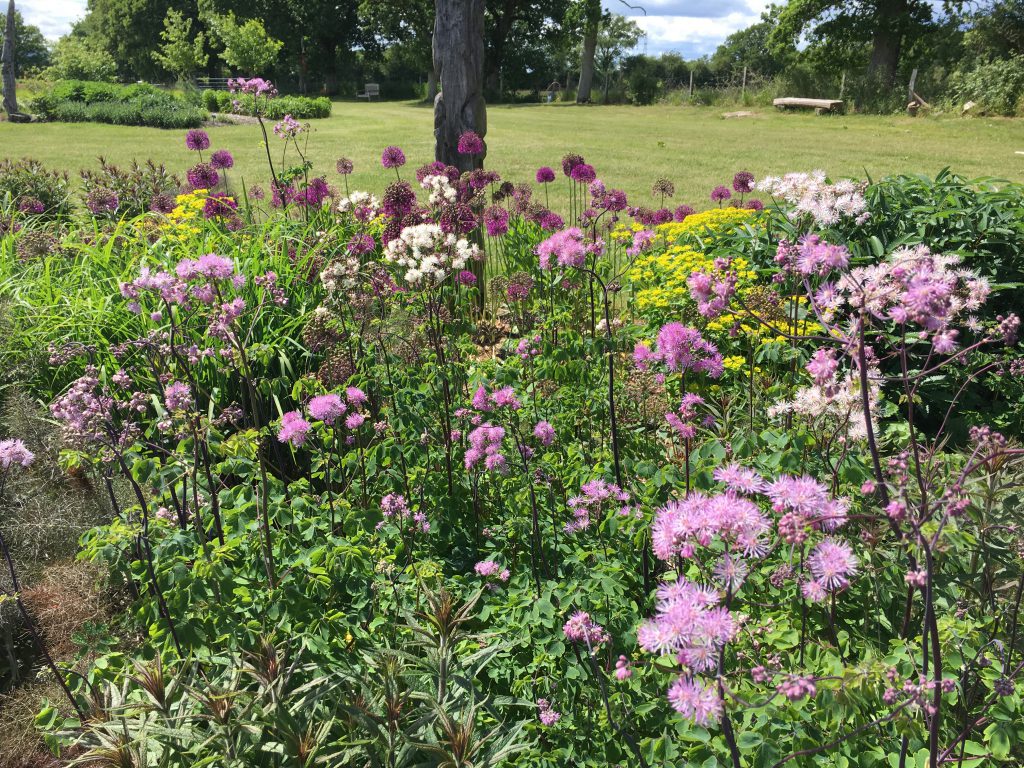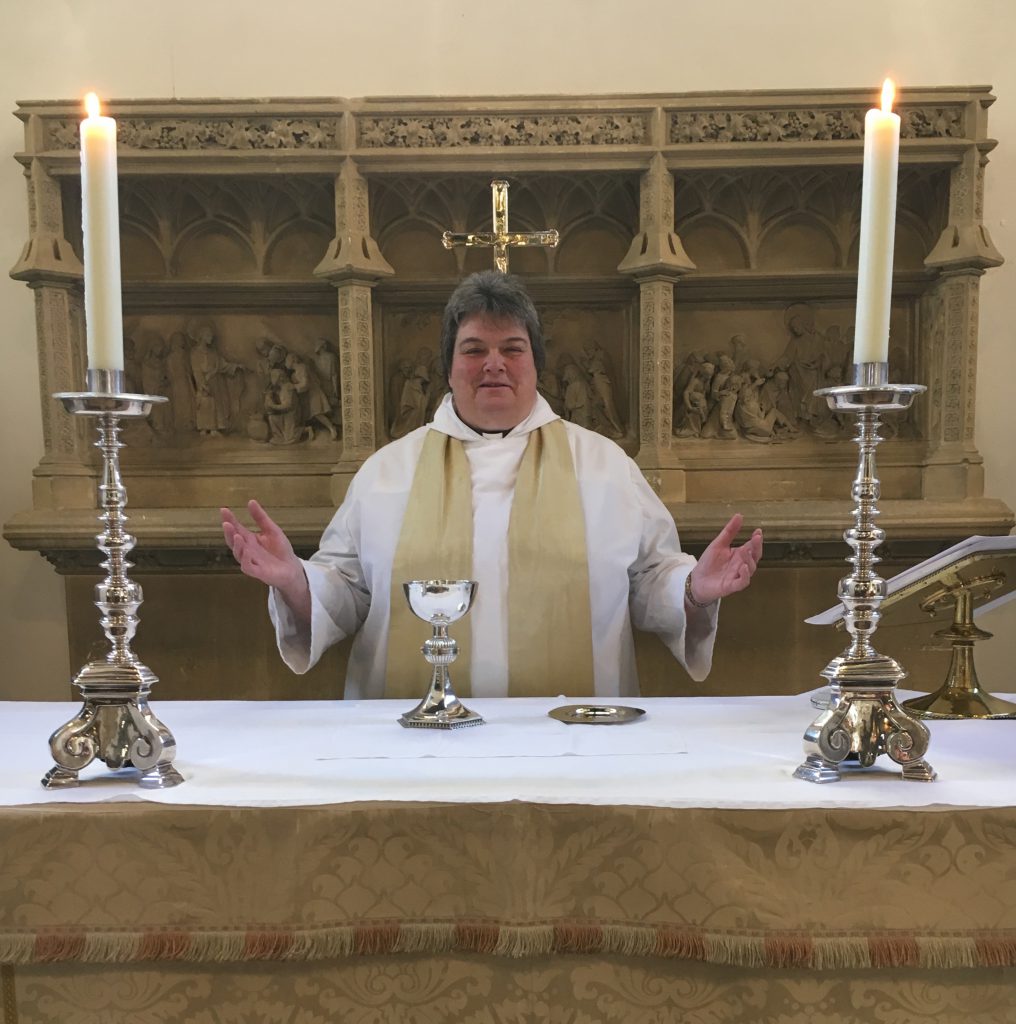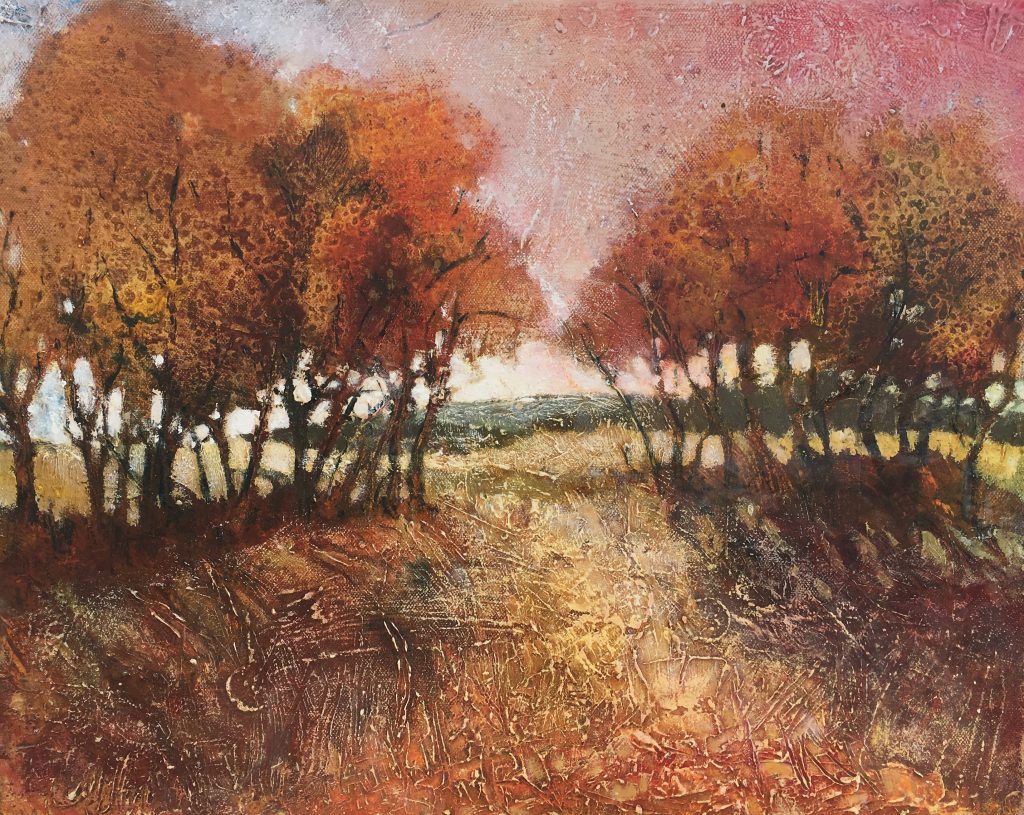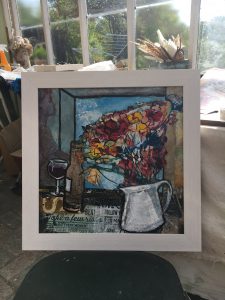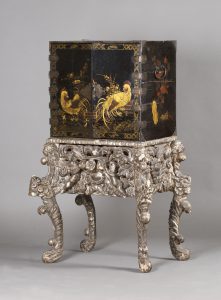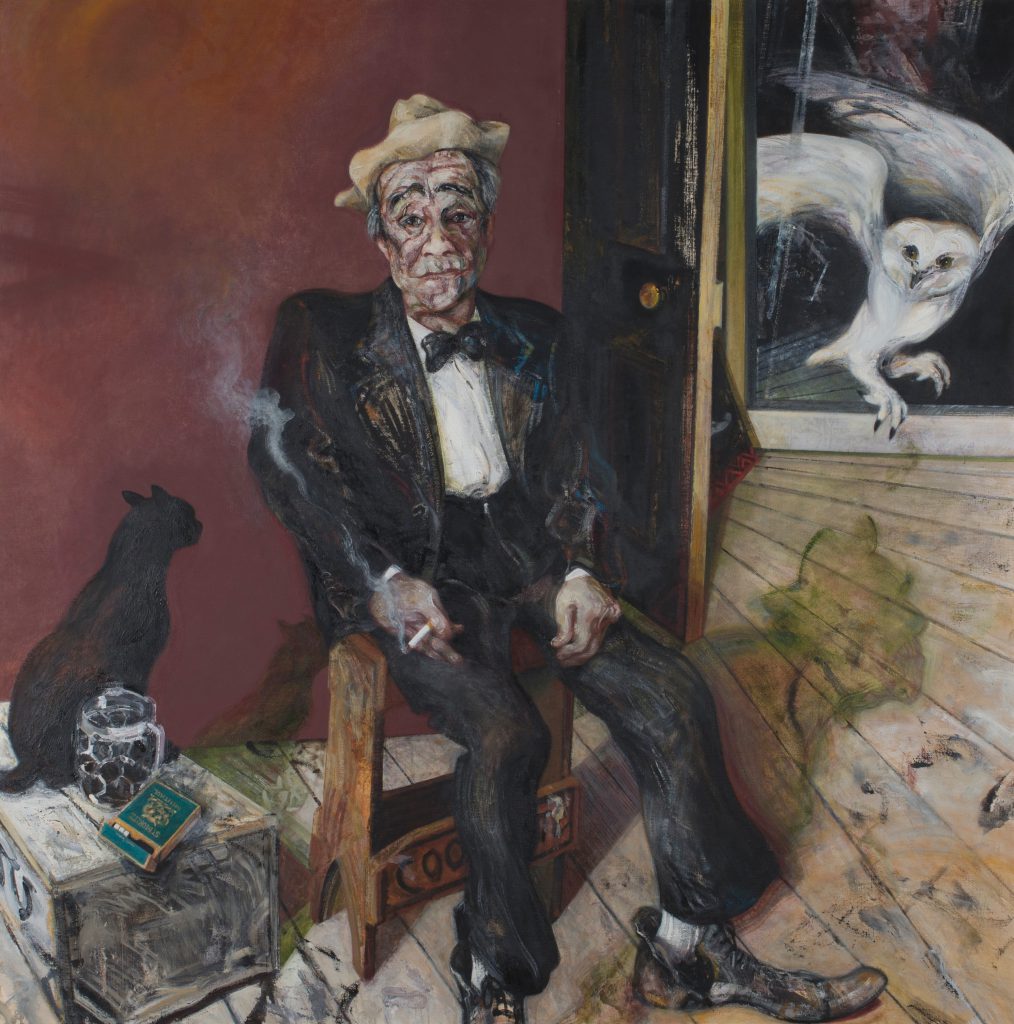
An important portrait by the leading British artist Maggi Hambling, from her famous Max Wall series of portraits, is to be auctioned at Toovey’s on Wednesday 19th June 2019.
Maggi Hambling was the artist in residence at the National Gallery in London during 1980 and 1981 as her work grew in confidence and power. It was during this time that she went to see Max Wall at the Garrick Theatre for the first time.
Max Wall’s public life as a clown and entertainer was in contrast to his often unhappy and disrupted private life.
In the summer of 1981 Max Wall played Vladimir in Samuel Beckett’s ‘Waiting for Godot’ to much acclaim in the Royal Exchange production at the Round House. Hambling went to see him in the role on four or five occasions and began to work out a series of pictures based on his performance. As Max sat for her Maggi’s portraits of him became more intimate and insightful. Although they corresponded between October 1981 and Easter 1982 they remained apart.
In his absence, Hambling completed three of her most impressive paintings in the series. Among these is the picture illustrated, ‘Max Sitting (no.9)’. The painting is an act of recapitulation. Hambling gives expression to a painting of dreams, recalling a dream where a white owl bursts through a pane of glass in an isolated, lonely house. Max sits dreaming, his cigarette smoke hangs in the air as he waits on his muse represented by the owl’s arrival. The challenges of his life are signified by the cat’s shadow as the floor veers off in a nightmarish way. Her use of colour to create mood and atmosphere and the rendering of his features acts as though the portrait is a mirror into his soul. It gives voice to her concern for the individual human predicament.
Hambling would recall “At Easter 1982, Max reappeared and posed for drawings. After painting so long from my internal image of him, it was a traumatic experience to have him in front of me again, and to work from life.” Max thought it was marvellous that he should inspire Hambling in this way.
This powerful portrait would be reproduced on the cover of the exhibition catalogue for ‘Max Wall Pictures by Maggi Hambling’ at London’s National Portrait Gallery in 1983.
It was a measure of Hambling’s status as an artist when, in 1986, ‘Max Sitting (no.9)’ was hung alongside her fellow London Group artists, including Frank Auerbach, Peter Blake, Lucian Freud, David Hockney and Ron B. Kitaj at Manchester’s Whitworth Gallery in the ‘Artist and Model’ exhibition.
This important work will be auctioned at Toovey’s as part of their sale of fine paintings on Wednesday 19th June 2019 with a presale estimate of £10,000-£15,000. For more information telephone Nicholas Toovey on 01903 891955.
By Rupert Toovey, a senior director of Toovey’s, the leading fine art auction house in West Sussex, based on the A24 at Washington. Originally published in the West Sussex Gazette.
